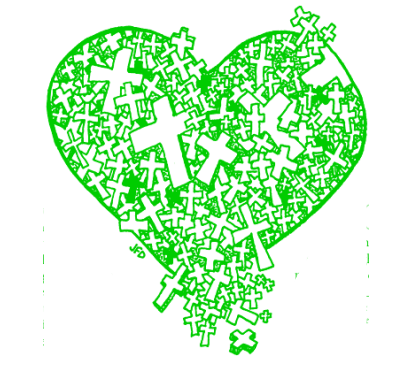
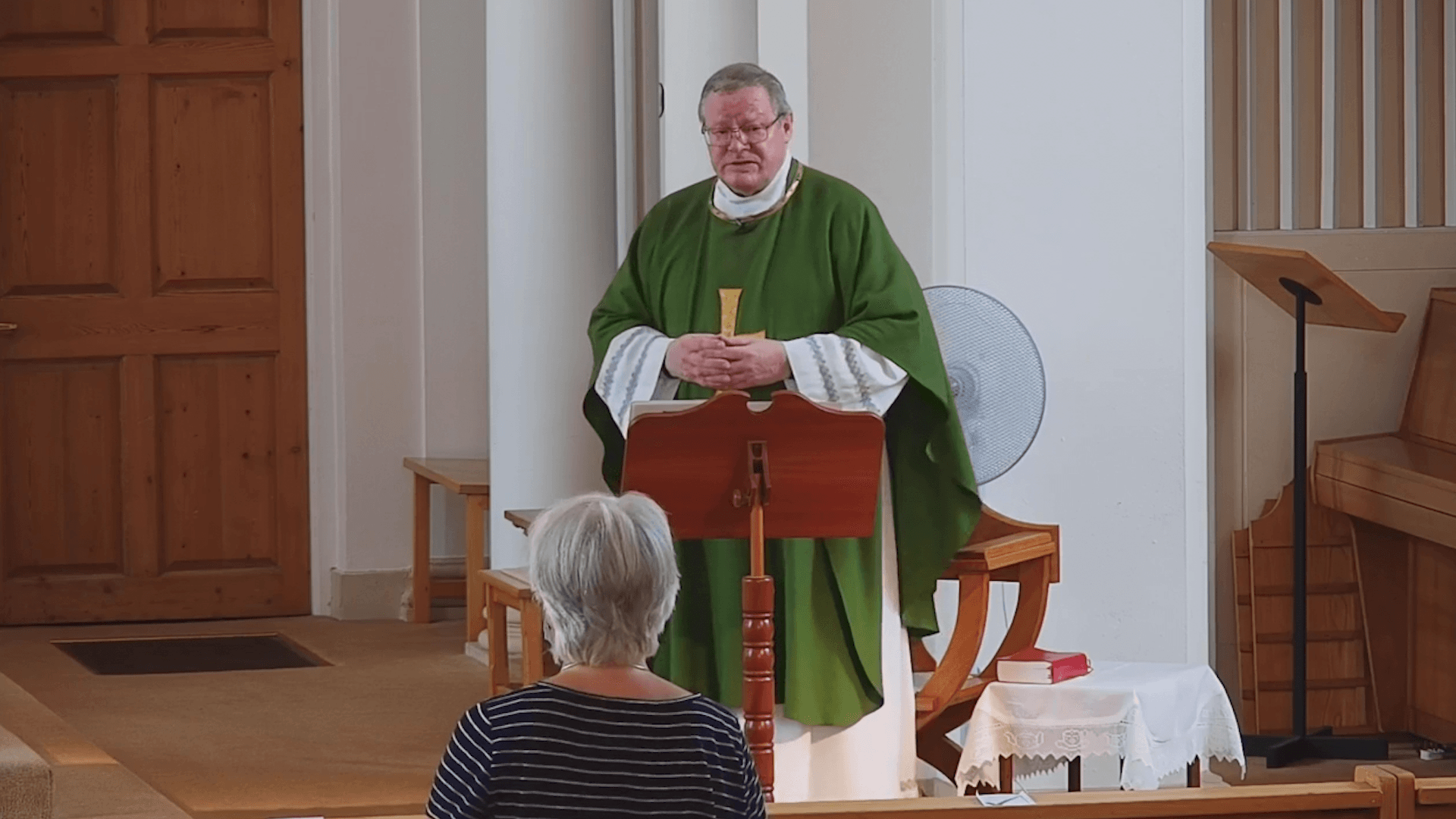
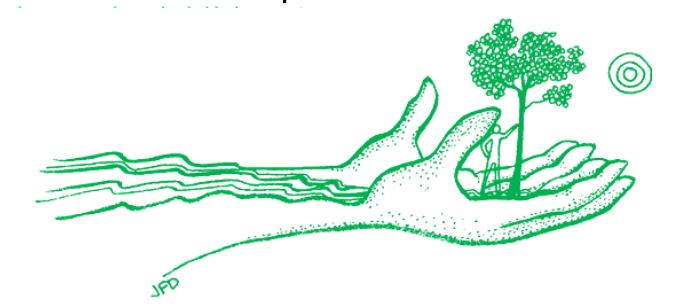

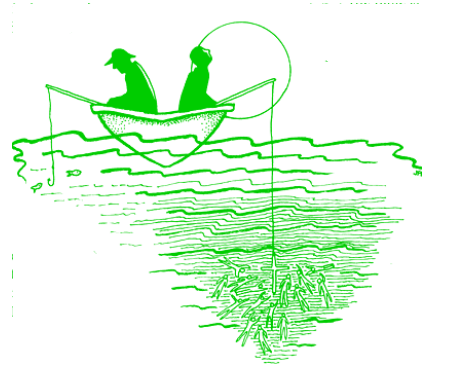

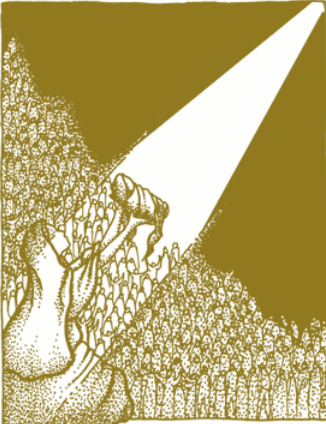

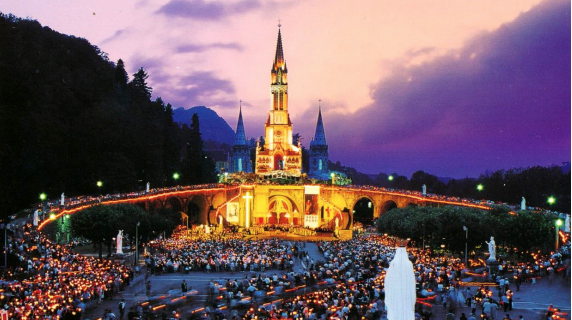
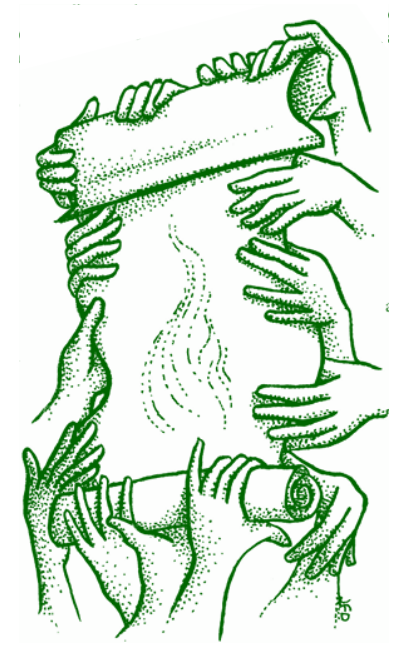
Thomas was not present when the risen Jesus appeared to the disciples, and so he missed out on any personal encounter with him: the words of missioning, the bestowal of the gifts of peace and forgiveness. John makes Thomas a foil for our own need of these gifts and our own struggles with doubt and faith. Often the comments about Thomas concentrate too much on him as a doubter and too little on his desire to touch the source of life. John’s gospel shows him to be the kind of person who blurts out the questions or comments others are too timid or too embarrassed to speak. He is ready to go along with Jesus en route to Lazarus’ grave and die with him (John 11:16); he is honest enough at the Last Supper to say that none of the disciples have any idea where Jesus is heading (John 14:5). The disciples to whom the risen Lord appeared that Easter evening announce the resurrection to Thomas in the same words as Mary Magdalene spoke to them: “We have seen the Lord.” And they are just as unsuccessful in convincing Thomas as Mary had been with them. Like all disciples, Thomas needs a personal experience of Jesus before he will believe. Until then, he is locked in his own criterion for faith: he wants Jesus to be “touchable.”
So, eight days later, on the next “first day of the week” according to the resurrection timeline, the risen Lord of the Sabbath stands again in the midst of his disciples, greets them with his peace, and then turns to the individual who is most in need of this. For eight days Thomas has wrestled with the dark stranger of doubt and is wounded by this struggle. The wounded, risen Jesus and the wounded disciple stand before one another. Jesus invites Thomas to stretch out his hand to the wounds of his hands and side. But there is no physical touching. Jesus’ personal presence and self -offering to Thomas touch him and demolish all his doubts. Here is “the way, and the truth, and the life” that Thomas is seeking, and he responds with the most profound and personal assent of faith in all the gospels: “My Lord and my God!” For the future generations who will listen to this gospel in the presence of the physically absent Jesus, the last beatitude that Jesus then addresses to Thomas is our greatest hope: “Blessed are those who have not seen and have believed.” It is to hand on such life-giving faith, says the evangelist, that he has written his gospel.
In his Asian Journal, Thomas Merton writes: “Faith means doubt. Faith is not the suppression of doubt. It is the overcoming of doubt, and you overcome doubt by going through it. The man of faith who has never experienced doubt is not a person of faith. Consequently, the monk is one who has to struggle in the depths of his being with the presence of doubt, and has to go through what some religions call the Great Doubt, to break through doubt into a certitude which is very, very deep because it is not his own personal certitude; it is the certitude of God himself, in us.”
Christ took his wounds into the grave and did not disown them in his resurrection. Because of his wounds, Jesus is now credibly in touch with wounded humanity: with the wounded in body and spirit, those hurt by society, the victims of domestic and global violence, those suffering from their own addictions, those abused by our disregard and complacency. And we know only too well our own woundedness. Such wounds reveal our need for one another and, therefore, the potential for the building of a compassionate, healing community that witnesses to the love of the Wounded Healer.









